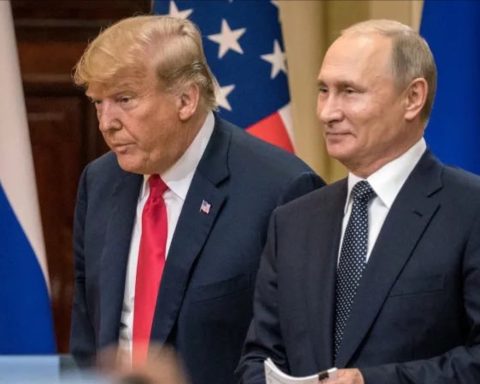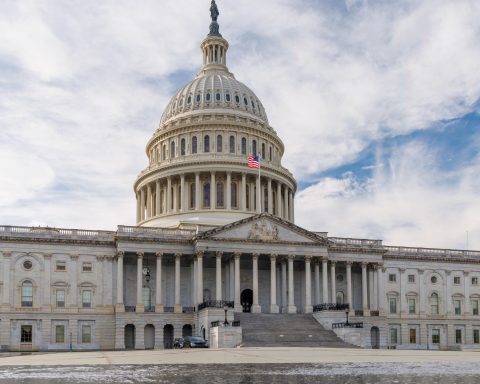The US government shutdown ends after 43 days, the longest funding lapse in history. President Donald Trump signed a government funding bill at the White House, reopening large parts of the federal state that had been closed for weeks.
The Senate approved the package, then the House passed it and sent it to Trump for his signature. That finally broke the deadlock and set a clear timeline for the next budget fight.
What the New Funding Bill Does
The compromise fully funds three major spending bills. It also extends the rest of government funding through 30 January 2026. Republicans secured a separate vote deadline in mid-December on enhanced health care tax credits. However, the bill itself does not guarantee that those subsidies continue.
The legislation reverses the firing of federal workers since the shutdown began and protects them from new layoffs through January. It guarantees back pay once salaries start flowing again. Food assistance programmes keep funding for the rest of the budget year. The bill also allocates extra money to improve security for lawmakers and Supreme Court justices.
A controversial clause allows senators to sue for damages if federal agencies access their electronic records without notice. The potential payouts could be up to $500,000 per violation. The measure has already raised privacy and accountability questions.
Health Care Fight Still Coming
The shutdown began with a clash over enhanced Affordable Care Act tax credits. These credits keep premiums lower for people who buy health cover on public marketplaces. Democrats wanted the subsidies extended inside the funding bill as a condition for ending the US government shutdown. Republicans argued that a shutdown should not decide health care policy.
If the enhanced credits expire, premiums could more than double for many households. Millions may lose cover. Democrats say they will keep fighting to protect the subsidies. Meanwhile, some Republicans signal they may back an extension if income limits tighten.
The US government shutdown ends on paper. However, the deeper fight over health care costs and public spending now shifts into the next round of negotiations on Capitol Hill.






